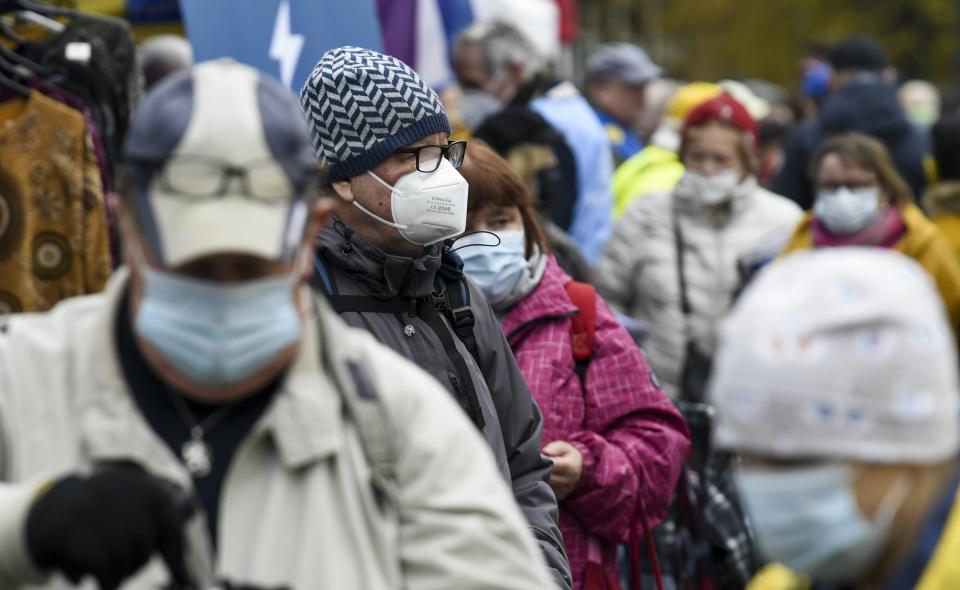The European country that managed to contain the second wave of COVID
Watch: How Finland halted the second wave
Finland singled out by WHO for halting second wave of COVID infections
It has the lowest 14-day infection rate in Europe
WHO praises ‘decisive’ government, but cultural factors are also at play
‘Social distancing comes naturally to Finns... we like to be one metre apart anyway’
Europe is having a bad second wave of the coronavirus pandemic.
Just take these alarming statistics shared by the European branch of the World Health Organization (WHO) at a press conference on Thursday.
There have been more than four million infections on the continent in November alone.
A third of countries have 14-day infection rates of more than 700 cases per 100,000 people.
Healthcare systems are being overwhelmed. France’s intensive care wards are at 95% capacity, Switzerland’s at 100%.
It gets worse.
There were 29,000 COVID-19 deaths in Europe last week. That’s one death every 17 seconds.
However, one country – Finland – has been singled out for halting the second wave of the pandemic.

Finland, like most European countries, saw cases begin to increase through September and October.
Instead of infections continuing to increase through November, daily cases have all but stabilised: the seven-day average on Wednesday (18 November) was 227, compared to 204 on 18 October.
By comparison, the seven-day average of daily cases in the UK (population 66.5 million to Finland’s 5.5 million) was 24,802 on Wednesday and 16,956 on 18 October.
As of Thursday, the European Centre for Disease Prevention and Control also recorded Finland as having the lowest 14-day infection rate – 54.5 per 100,000 people – on the continent. Luxembourg had the highest with 1195.2. The UK had 497.1.
Catherine Smallwood, senior emergency officer at WHO Europe, told the briefing on Thursday: “Finland is seeing a pretty good situation at the moment compared to much of Europe [with] low incidence.
“We see that as a [result of] really strong community engagement at the Finnish level, combined with quite rapid decision making taken at the country level: decisive measures being implemented and strong adherence to those.”
To be fair, Finland has in-built advantages when it comes to dealing with a pandemic. It’s a remote country, and has one of Europe’s lowest population densities.
There are other, cultural factors at play, though – involving personal space.
Read more: How fast is COVID-19 spreading in your area? England coronavirus infection rates listed
Mika Salminen, director of Finland's public health authority THL, told Reuters: “Maybe the Finnish personal comfort zone is a bit wider than in some other European countries.
“We'd like to keep people a metre or more away or we start feeling uncomfortable.”
Teacher Juha Koskinen also said: “In a bus we sit on a free double seat and that's like natural social distancing for us. It's, I think, how we are brought up.”
The pandemic has also seen Finns move away from the more densely populated cities, according to Salminen.

“We like to be in solitude wandering the forests and swimming in the lakes, so many Finns have actually enjoyed that they have been able to move away from the cities.”
It’s a combination of factors which has led to Finland’s low overall death toll of 374 – with just 0.2 deaths per 100,000 people in the past two weeks.
Watch: 8 exceptions to England's second national lockdown
Coronavirus: what happened today
Click here to sign up to the latest news and information with our daily Catch-up newsletter

 Yahoo News
Yahoo News 

